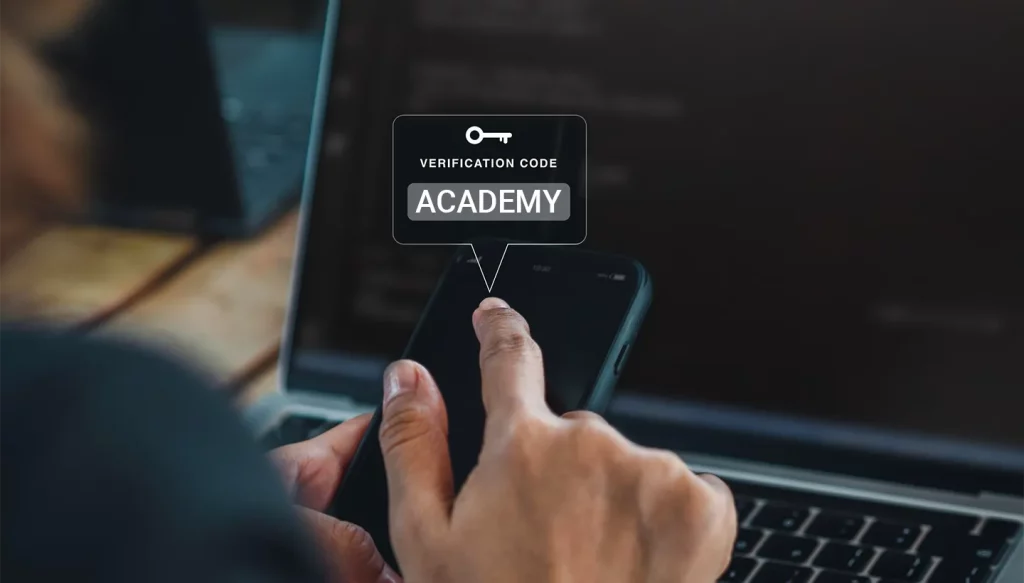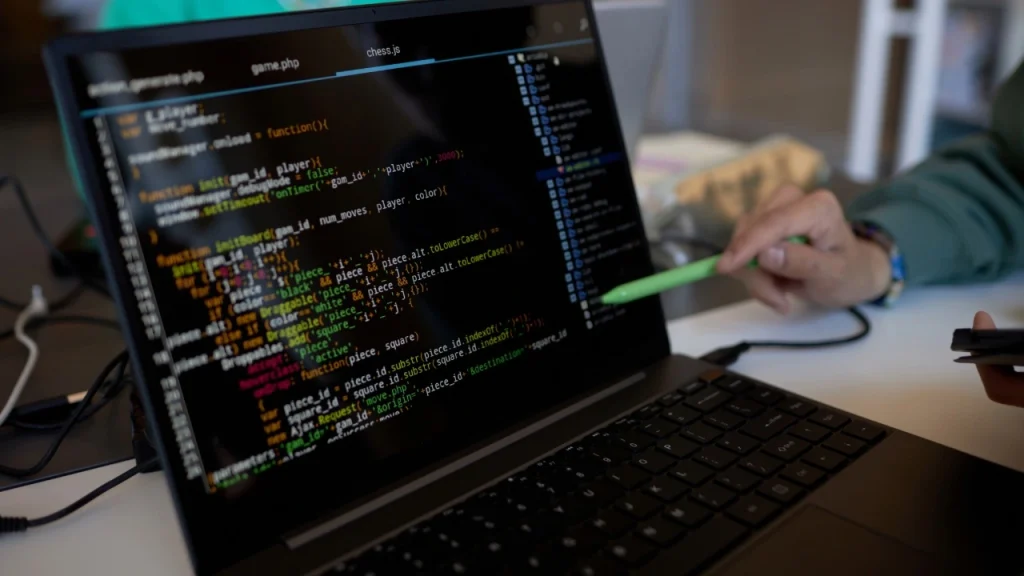In the world of back-end development, authentication and authorization play a vital role in ensuring the security and integrity of web applications. Understanding these fundamental concepts is essential for building robust and secure systems. In this blog post, we will explore the core concepts of authentication and authorization, their differences, and how they work together to protect sensitive data and control access.
What is Authentication?
Authentication is the process of verifying the identity of a user or system. It verifies that the entity requesting access to a resource or functionality is the person it claims to be, often through credentials such as usernames and passwords, tokens or digital certificates. The user authentication process typically includes:
User Identification: Collection of user-provided identification information or use of other identification methods.
Credential Authentication: Authentication of provided credentials against stored or external authentication mechanisms.
Session Management: Creating and managing a session or token to maintain authenticated identity state during subsequent requests.
What is Authorization?
Authorization, on the other hand, determines the resources or actions the user is allowed to access or perform within a system and defines permissions and privileges associated with authenticated users. Authorization is enforced through access control mechanisms, which can be based on roles, permissions, or other rule-based systems. The authorization process generally includes:
Access Control Policies: Defining the rules and policies that govern resource access.
User Role Assignment: Assigning roles or permissions to authenticated users based on their privileges.
Enforcement Mechanisms: Verifying access rights and enforcing restrictions to protect sensitive data.

Relationship Between Authentication and Authorization
Authentication and authorization are closely related but different concepts. Authentication establishes a user’s identity, while authorization determines the actions and resources the user is allowed to access. In an ideal system, authentication should precede authorization to ensure that only authenticated users are granted access to resources. Once authenticated, users can be assigned specific roles or permissions that determine their level of authority.
Best Practices for Authentication and Authorization
To ensure the security and effectiveness of authentication and authorization mechanisms, the following practices should be considered:
Strong Password Policies: Password complexity requirements should be mandatory, and users should be encouraged to choose strong, unique passwords.
Multi-Factor Authentication: Additional authentication layers such as one-time passwords or biometric verification should be implemented to increase security.
Secure Storage of Credentials: User credentials should be stored securely by the use of hashing and salting passwords to protect against unauthorized access.
Role Based Access Control: Role based access control (RBAC) should be implemented to assign permissions and manage user access based on predefined roles.
Principle of Least Privilege: To minimize potential risks, users should be given the minimum level of permissions required to perform their duties.
Regular Audit and Monitoring: Authentication and authorization events should be monitored and recorded for suspicious activities, and regular audits should be performed to identify vulnerabilities.
Authentication and authorization are critical components of back-end development and protecting systems and sensitive data. By understanding the differences between these two concepts and providing best practices, developers can create applications that are secure, reliable and measurable. With strong authentication and authorization mechanisms, businesses can ensure that only authenticated and authorized users have access to their valuable resources. If you would like to discover additional concepts and techniques to help you build powerful and secure applications, you are welcome to join SSTTEK Academy’s Back-end Development program!



